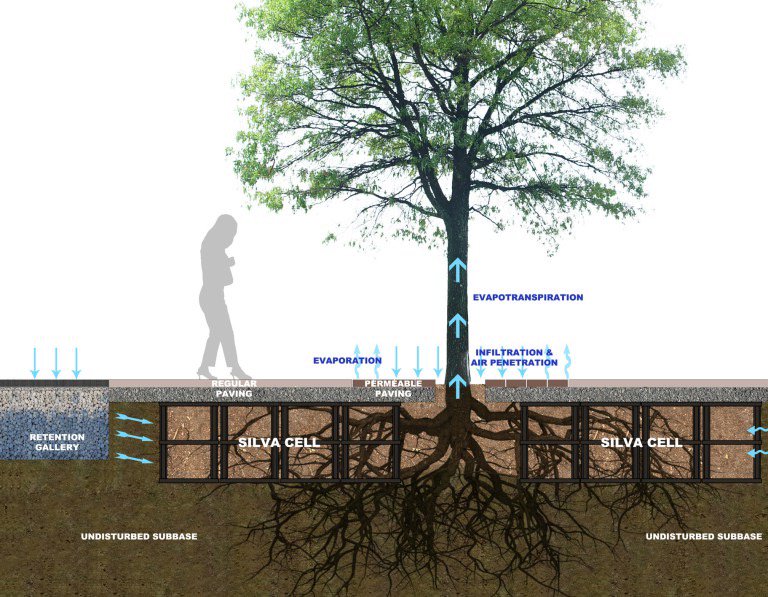COMMITMENT TO SUSTAINABILITY
Sustainability is a huge part of our philosophy at Mill District. Our parent company, Replay Destinations, is rooted in mindful design work and community building, and makes conscious choices in every project they approach. Here in Healdsburg, from the very beginning our design and development process has been driven by our commitment to honor the local ecosystem, ensuring that we minimize our impact through thoughtful decisions.
David Hill, managing director, refers to sustainable development as a “guiding principle” of the project overall, noting that the overarching goal is for Mill District to be a steward of the local environment.
“Moving forward with this kind of awareness of the world around us is a really important part of who we are and what this project is all about,” he said. “Our team believes this approach will make Mill District a better place to live, rooting the new neighborhood in features that make the entire community more sustainable.”
In general, some examples of our commitment to sustainability include:
•A site footprint that covers the same area of a former lumber mill, solidifying this development project as a redevelopment.
•Design that goes up instead of out, minimizing sprawl.
•Strong connections to transit
•Charging stations in the parking area to encourage residents to use electric vehicles.
•Solar power to supplement city-sourced green energy supply to the site
•Underground Cisterns to capture rainwater and reuse it for landscaping.
•Drought-tolerant plants to reduce the need for additional watering.
•Electric boilers for heat and hot water instead of natural gas.
•Separate trash chutes to make recycling easier.
•Composting program for residents that will reuse biodegradable waste as fertilizer.
Specifically, Mill District will incorporate innovative technologies for resource conservation as well.
For starters, we are incorporating Silva Cell technology (example diagram shown below) into our sidewalks, which basically means we are building on a system of plastic pillars that allows for better storm water management down below (and narrower, more pedestrian-friendly streets up above). We also have built a state-of-the-art water reclamation basin beneath the eventual home for the park; to make this we recycled concrete from the old Garden Inn that stood on that spot for decades.
As Mill District evolves over the next two to three years, we will share more details about our sustainability goals for each phase of construction.
